Wildlife
Both natural flora and fauna is wildlife because of the fundamental and intimate interdependence of plant and natural life. In every aspect of life there is diversity. This diversity and coexistence is evident in the ecosystem-system in which all living creatures, however, small and tiny, have their place, function and utility.
Animals have always received special care and consideration. Numerous Hindus texts preach that all species should be treated as children. In Hindus mythology and iconography, there is a close relationship between the various deities, and their animal or bird mounts. Each divinity is associated with a particular animator bird, and this lends a special dimension to the animal kingdom. In addition, according to the evolution of life on this planet is symbolized by a series of divine incarnations beginning with the fish, moving through amphibious forms and mammals, and then on into human incarnations. This view clearly holds that man did not spring fully formed to dominate the lesser lifeforms, but rather evolved out of these forms himself, and is therefore, integrally linked to the whole of creation.
This leads necessarily to a reverence for animal life. The Yajur Veda lays down that no person should kill animals helpful to all. Rather, by serving them, one should attain happiness, this view was later developed by the great Jain Tirhankara, Lord Mahavira, who regenerated the ancient Jain faith that ahimsa or non-violence is the greatest good, and on no account should life be taken. This philosophy was emphasized more recently by importance of ahimsa and looked upon the cow as a symbol of the benign element in animal life. All this strengthens the attitude of reverence for all life including animal and insects.
The Jain teacher asks us to undertake different vows. Every Jain has to take five vows: not to kill anything, not to lie, not to take what is not given, to preserve chasity and to renounce pleasure in external thing. But the most important of them all is the vow of ahimsa, the vow of non-violence, of non-injury to living beings. Some even renounce agriculture for it tears up the soils and crushed insects. In this world it is not possible for us to abstain from violence altogether. As the Mahabharata has it, jive jivasya jivam ‘Life is the food of life’. The particle of ahimsa and also tolerance and appreciation of others point viewthese are some of the lessons, which we can acquire from the great life of Mahavira.
As human begins we are obliged to conserve the diversity for sustainable use by the succeeding generations. Wildlife conservation includes all human efforts to preserve wild animals from extinction.
Get it now and save 10%
BECOME A MEMBER

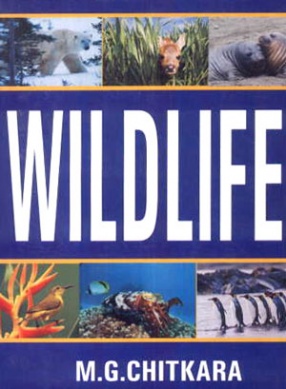

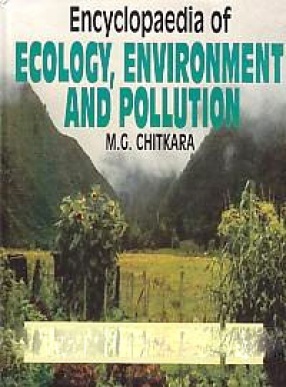
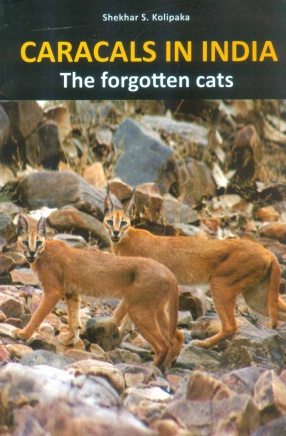
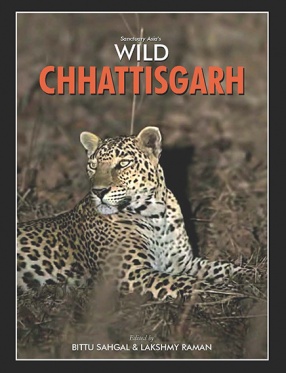
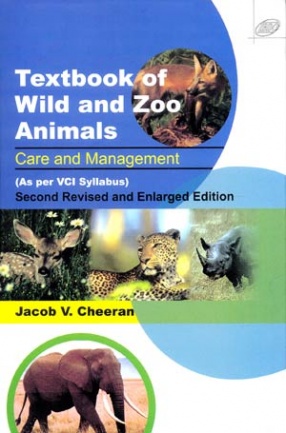
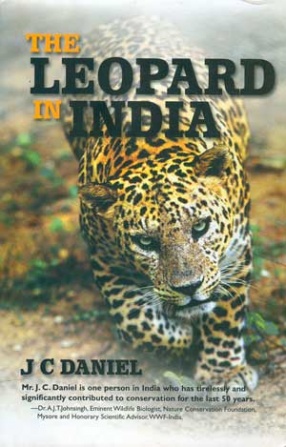

Bibliographic information